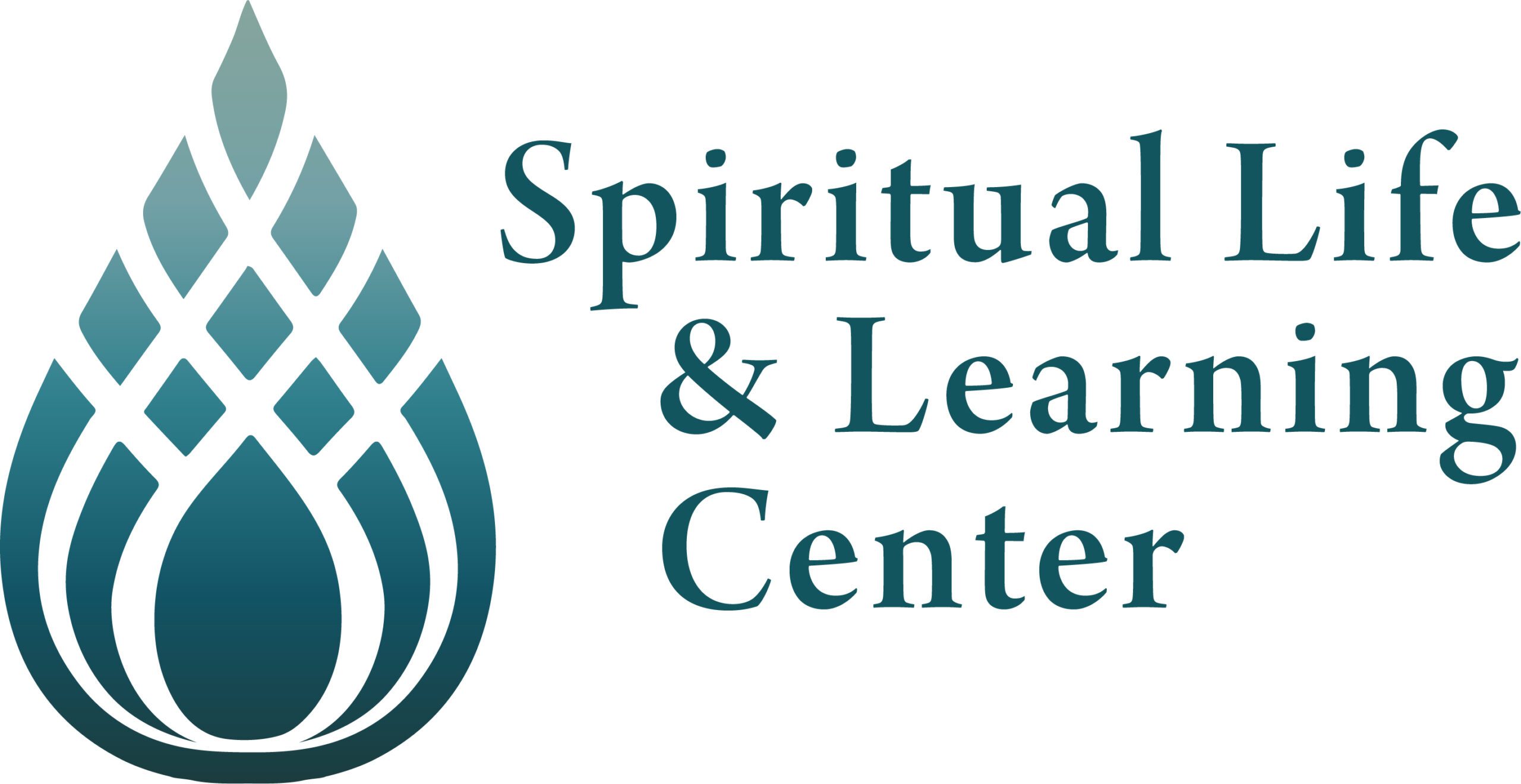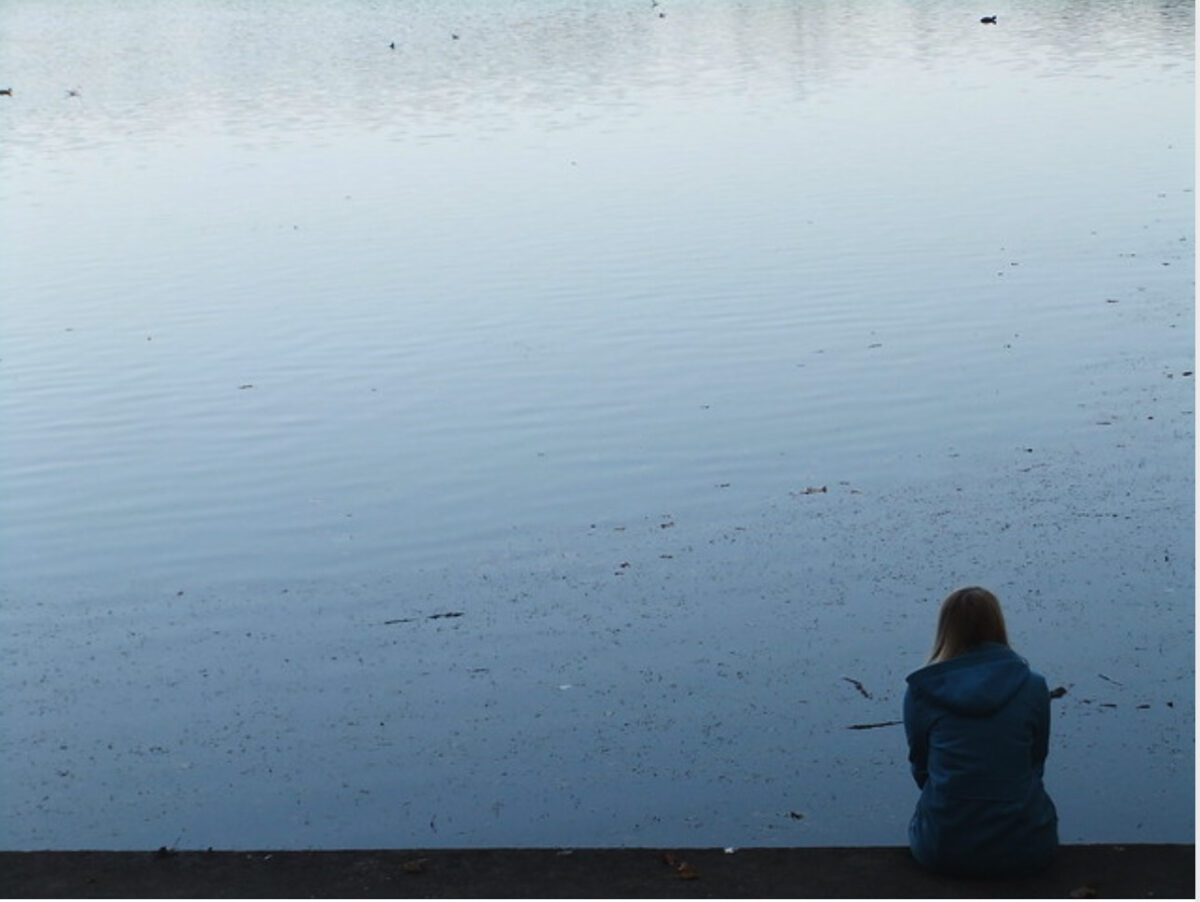We enter the season of darkness here in our northern hemisphere. Although the darkness of winter can present difficulties, both in its real and symbolic senses, it is also an opportunity to discover more fully our true nature.
I still value words I read years ago when I discovered Lynn Jericho. She said:
At winter solstice, while nature sleeps in darkness, the soul turns inward seeking its spiritual core. Age-old mystery traditions throughout the northern hemisphere spoke of the time following the winter solstice as a period when the spiritual world is more perceptible than at any other time of the year.
Many mammals hibernate in winter, a metaphor for going deep within stillness, darkness and the imaginal realm during this time of year. Later, we brought Lynn in as a Spiritual Searcher one Advent season to lead us in her Inner Advent/Inner Christmas inquiries.
In some of the mystical traditions, the psychological-spiritual realm consists of three dimensions, not just Light and Darkness to symbolize consciousness and unconsciousness, but rather two forms of darkness. Henry Corbin,
There is one Darkness which is only Darkness; it can intercept light, conceal it, and hold it captive. When the light escapes from it…this Darkness is left to itself, falls back upon itself; it does not become light. But there is another Darkness, called by our mystics the Night of light, luminous Blackness,
It is sometimes called the “midnight sun” as well. That’s the way Danish philosopher-theologian Soren Kierkegaard characterizes the coming of the Christ in his “Christmas Day Journal:
“Unto you is born this day a Savior-and yet it was
The midnight sun, says Corbin, “is the human soul itself as the light of consciousness rising over the Darkness of the subconscious.”
“This winter solstice time is no longer celebrated as it once was,” writes Brigit Anna McNeill, “with the understanding that this period of descent into our own darkness was so necessary in order to find our light.” Therefore, we moderns may be more fearful of this journey, yet as McNeill says, “in actual fact winter is so kind-yes, she points us in her quiet soft way towards our inner self, towards the darkness and potential death of what we were-but this journey, if held with care, is essential.”
It is, she says, “a time for the medicine of story, of fire, of nourishment and love. … Winter takes away the distractions, the noise, and presents us with the perfect time to rest and withdraw into a womb-like love, bringing fire and light to our hearth.”
The fact that Christians celebrate this Advent time as the coming of the Incarnation, God-made-flesh, is the recognition that all persons, like Jesus, are “ensouled beings” as Thomas Moore put it to us this weekend. To bravely enter the luminous night, in solitude in
Shalom,
David
Rev. David Hett is the Spiritual Director of The Burkhart Center





